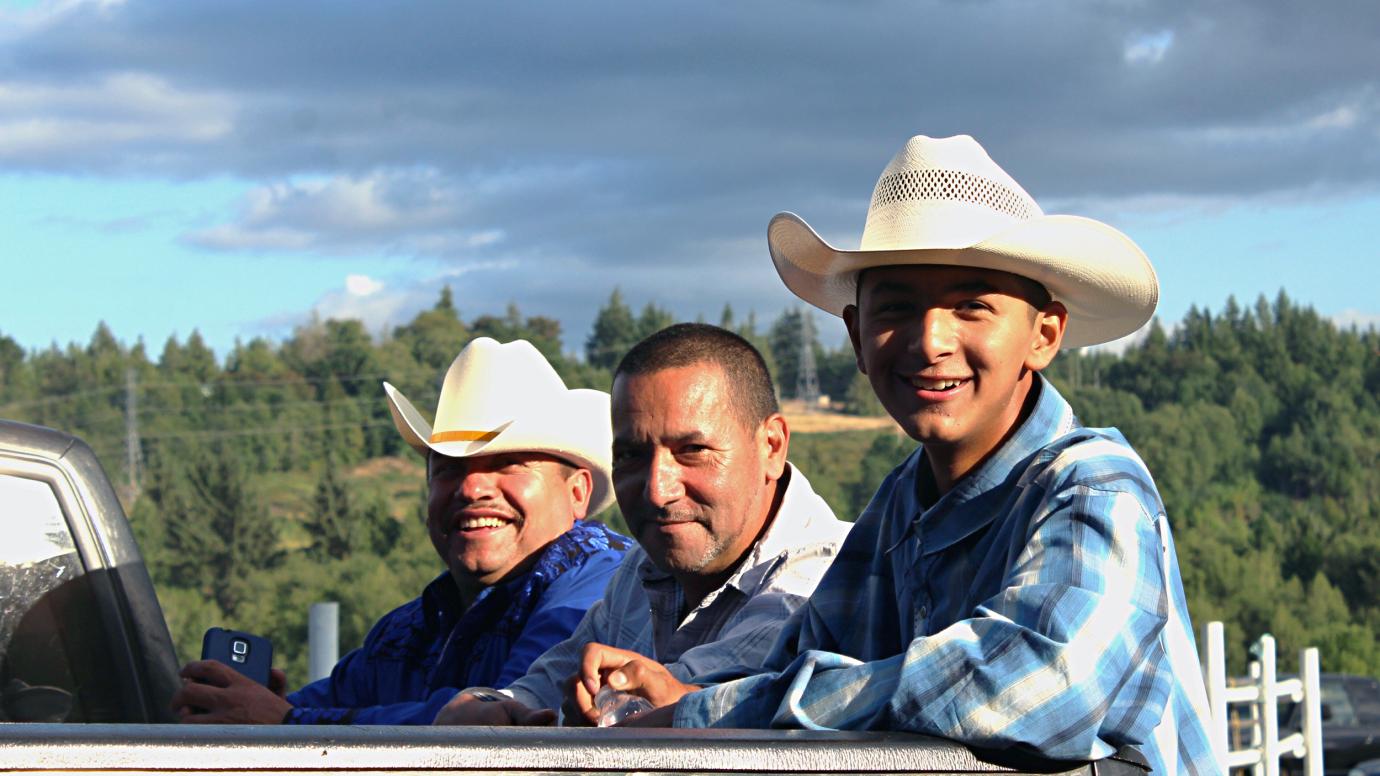Research from the University of Chicago finds immigrant populations within the United States assimilate in different ways, with demographics and geography playing critical roles, according to a study by Angela S. García, a sociologist and assistant professor at the University of Chicago School of Social Service Administration.
The research, published in The ANNALS of the American Academy of Political and Social Science, finds that many immigrants are drawn to what they find familiar in their new homes. They may be influenced more by the people or their surroundings rather than what they find new and different, researchers found.
García and co-author Leah Schmalzbauer, professor of sociology at Amherst College, set out to challenge longstanding assumptions—notably by comparing assimilation in ethnically diverse urban areas with majority-white and rural destinations in the United States. Schmalzbauer interviewed immigrants from rural Mexico living in Montana and was struck by how they found comfort in their physical surroundings, despite experiencing social and cultural isolation.
“She was finding a real resonance with the physical environment in Montana,” García said. She added that those interviews seemed to suggest a hole in previous assimilation research that is typically situated in urban areas, and focused on factors associated with socio-economic status—not connections with the natural and built environment.
With immigrants increasingly settling in the rural South, Midwest and Mountain West since the 1990s, researchers tested tenants of assimilation theory by comparing urban and rural environments.
“Thinking about the mainstream within the United States in those kind of majority white and urban terms doesn’t make sense with the reality on the ground,” said García, who has a deep history of research on immigration and assimilation, both in the United States and abroad.
Finding comfort in the familiar
This current study focused on the origins of immigrants. Researchers conducted 191 interviews with people primarily from rural Mexico (most of them undocumented) living in Montana and in urban Southern California from 2006 through 2014.
In Montana, the immigrants lived in isolation with few if any other Mexicans nearby. But they maintained their rural style of dress, similar to that of the mostly white locals. Researchers found those interviewed connected deeply with their work outdoors and their physical surroundings.
In urban Southern California, the researchers found that immigrants weren’t shaped so much by new surroundings as familiar places and people. “Around here, it’s all Mexicans like me. So, in that sense, it’s comfortable,” a 28-year-old man said in his interview.
Newcomers, though, were told by other immigrants to ditch the traditional ironed jeans, cowboy boots and hats in order to avoid standing out. They found many aspects of the environment and the pace of life chaotic.
“Rural immigrants felt a sense of belonging within different aspects of their lives in these places—one being the physical environment and nature in Montana, and in California the social networks of family and friends and circumstances as mundane as hearing Spanish on the street,” García said.
Divisive topic ripe for research
The research comes during a period of divisive debate about immigration in the United States.
Census data forecasts that by 2044 more than half of all people living in the United States will be part of a minority group.
Current events give a myriad of future topics to explore, many of which have potential policy implications.
“If at some point in the future we have comprehensive immigration reform and have some kind of workable immigration system that recognizes a need for unskilled labor and family reunification, we could think about states and cities using policy to position themselves as places that a particular kind of immigrant would want to go,” she said.
García’s book, Legal Passing: Navigating Undocumented Life and Local Immigration Law, forthcoming with the University of California Press, is the first study of state and local immigration laws in the U.S. that compares the incorporation effects of legal accommodations and restrictions directly within immigrant receiving locales.
Citation: "Placing Assimilation Theory: Mexican Immigrants in Urban and Rural America." The ANNALS of the American Academy of Political and Social Science, 2017. doi: 10.1177/0002716217708565







